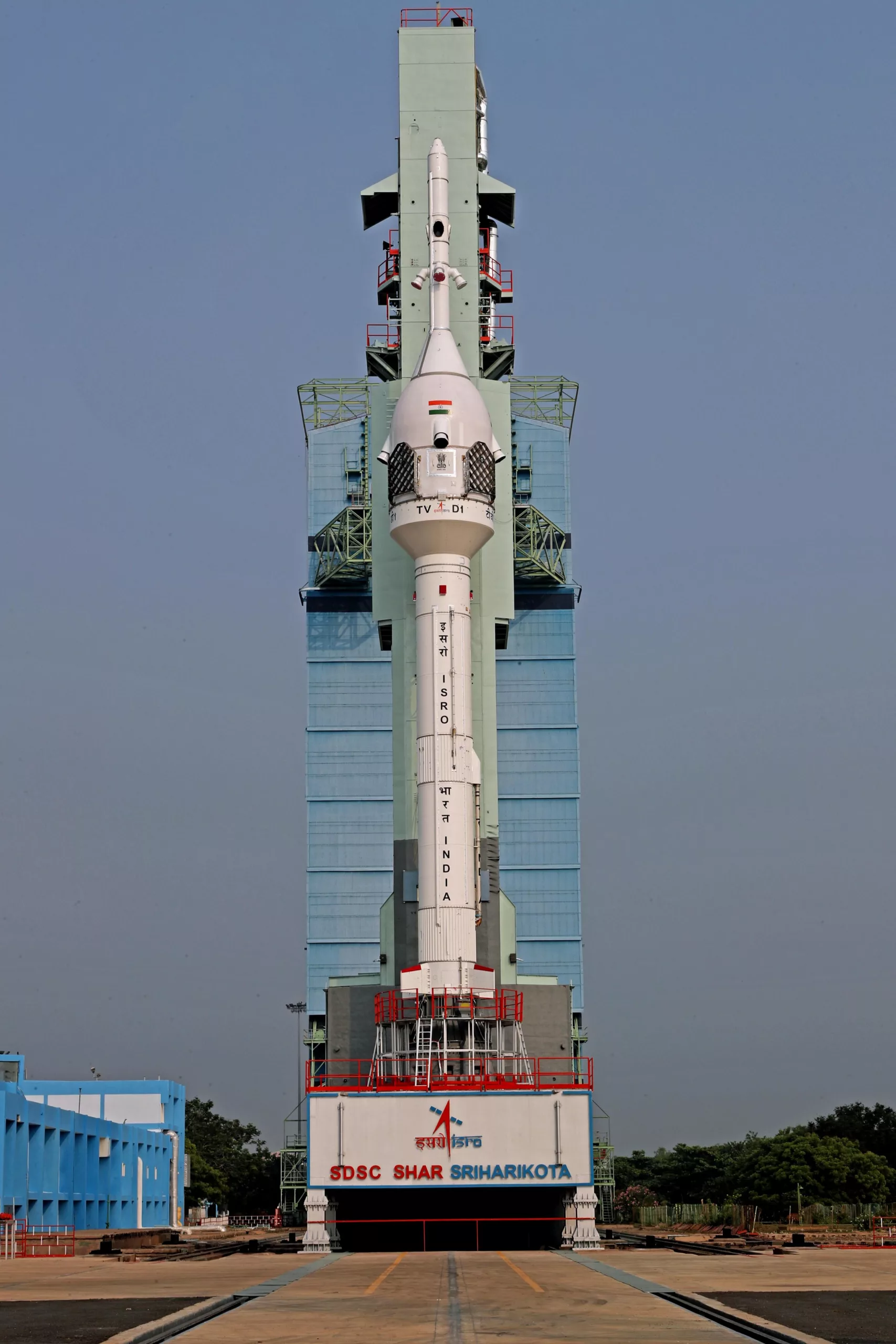
ISRO’s Gaganyaan test flight successfully tests crew module
The Indian Space Research Organisation (ISRO) is on a roll – the last few months have seen it successfully launch (and even land, in one instance) missions to the sun and the moon. Now, for the third month in a row, ISRO successfully launched its latest mission to space – the first in a series of test flights as the country eyeballs an entry to the exclusive club of countries capable of launching crewed spacecraft independently.
On October 21, 2023, ISRO initiated the first in a series of test flights for the Gaganyaan mission. However, the launch sequence was initially delayed due to an anomaly detected by the mission’s ground computers. ISRO Chief S Somanath noted that the automatic launch sequence began at 8.30 AM IST but was halted due to the anomaly. The launch was rescheduled for 10 AM IST on the same day after identifying and rectifying the issue.
“The liftoff attempt could not happen today. It was initially scheduled at 8 AM. It was postponed to 8.45 AM due to the weather situation. We had a very smooth automatic launch sequence leading up to the command to liftoff. But engine liftoff did not happen. We have to find out what went wrong. The vehicle is safe. We will come back soon after analysing what triggered the hold on the vehicle. The ground checkout computer withheld the launch after observing an anomaly,” S Somanath noted.
TV D1 Test Flight
Liftoff attempt couldn’t be completed.
Updates will follow.
— ISRO (@isro) October 21, 2023
The ultimate goal of Gaganyaan is to send Indian astronauts into space on a Low Earth Orbit of 400 km for a three-day mission and safely return them to Earth. To achieve this ambitious feat, ISRO needed to validate the Crew Escape System’s performance. The test flight was a pivotal step for the Gaganyaan mission. It involved a single-stage liquid propulsion rocket equipped with a Crew Module and Crew Escape System. The primary objective of this mission was to assess the safety and performance of these vital components, which are crucial for ensuring the safe return of Indian astronauts to Earth during the Gaganyaan mission.
The Crew Escape System is designed to safeguard astronauts during spaceflight anomalies by rapidly ejecting them from the spacecraft. Similar to fighter jet ejection seats, it provides a crucial layer of safety during the tumultuous early phases of ascent. In the Gaganyaan mission, it would ensure the safe distance of the Crew Module from the rocket in case of a critical problem. The launch involved the Test Vehicle – Demonstration (TV-D1), marking a significant milestone for the Gaganyaan program. This test integrated nearly all the system components required for the mission. The data collected during this test flight would play a crucial role in evaluating the various systems’ performance.
The test flight sequence involved launching the TV-D1, a test vehicle that carried the Crew Escape System and Crew Module, from the Satish Dhawan Space Centre. Approximately six seconds into the flight, the fin enabling system was activated. Following this, the Crew Escape System Pillbox activated at a speed of Mach number 1.25 and an altitude of 11.8 km. The High Energy Motor (HEM) was then fired to propel the vehicle further into the atmosphere.
Approximately 61.1 seconds after launch, when the vehicle reached a Mach number of 1.21 at an altitude of 11.9 km, the Crew Escape System separated from the rocket booster. Subsequently, the Crew Module separated from the Crew Escape System at an altitude of 16.9 km while traveling at a speed of 550 kilometers per hour. The drogue parachute was deployed, slowing the vehicle’s descent. It splashed down successfully in the Bay of Bengal, and ISRO declared the mission a success, with the Crew Escape System performing as intended.
“Mission Gaganyaan TV D1 Test Flight is accomplished. Crew Escape System performed as intended. Mission Gaganyaan gets off on a successful note. @DRDO_India @indiannavy #Gaganyaan,” ISRO tweeted.
Mission Gaganyaan
TV D1 Test Flight is accomplished.
Crew Escape System performed as intended.
Mission Gaganyaan gets off on a successful note. @DRDO_India@indiannavy#Gaganyaan
— ISRO (@isro) October 21, 2023
The insights gained from this mission are crucial for ensuring the safety of astronauts who will eventually travel in the crew module aboard the LVM-3 rocket during the Gaganyaan mission. With this successful test flight, ISRO is well-positioned for subsequent qualification tests and uncrewed missions that will contribute to India’s presence in the exclusive group of nations capable of launching crewed spacecraft.


